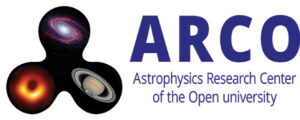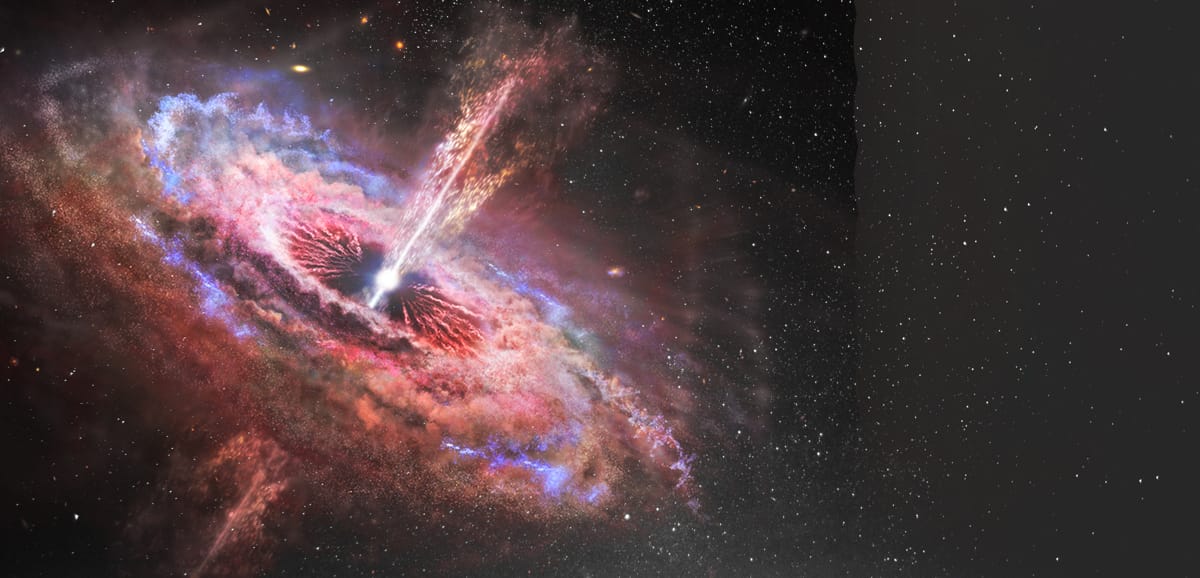Gamma Ray Bursts (GRBs) are the strongest cosmic explosions. They are extremely bright in hard X rays to soft gamma rays, and are associated with the collapse of massive stars (for long-duration GRBs lasting between a few seconds to minutes) or with compact star mergers (for short-duration GRBs, lasting between milliseconds and a few seconds). An ultra-relativistic jet forms at the center of the explosion and propagates out to much larger distinces where through internal dissipation it emits gamma rays known as the “prompt GRB” phase. As the jet sweeps up the external medium it drives a strong relativistic shock into it, which powers the temporally smoother and longer-lived “afterglow” emission phase. Although studied for almost 50 years, some major questions about GRBs remain unsolved. The recent discovery of a GRB counterpart to the gravitational wave signal observed from a binary neutron star merger was a spectacular milestone that has already helped address many of the open questions. Many other open questions will be similarly answered in the next few years, when more GRBs are detected as gravitational wave counterparts. Our group studies many different aspects of GRBs, including the central engines driving the explosions and the nature of the jets that they produce, their jet structure and dynamics, radiation and dissipation mechanisms in the prompt and afterglow stages of GRBs, collisionless shock physics, their polarization properties and afterglow emission.
Menu





